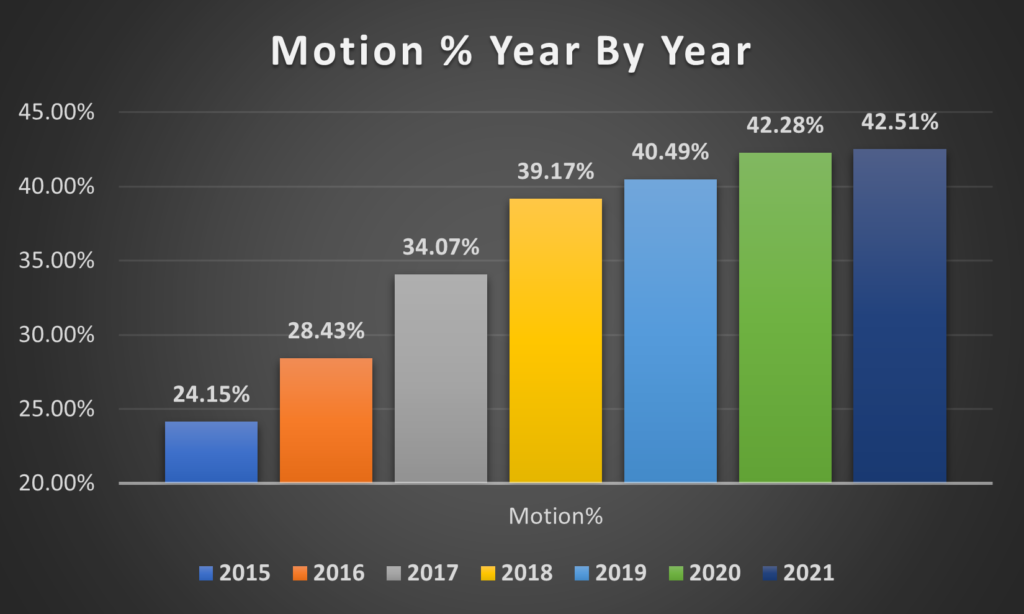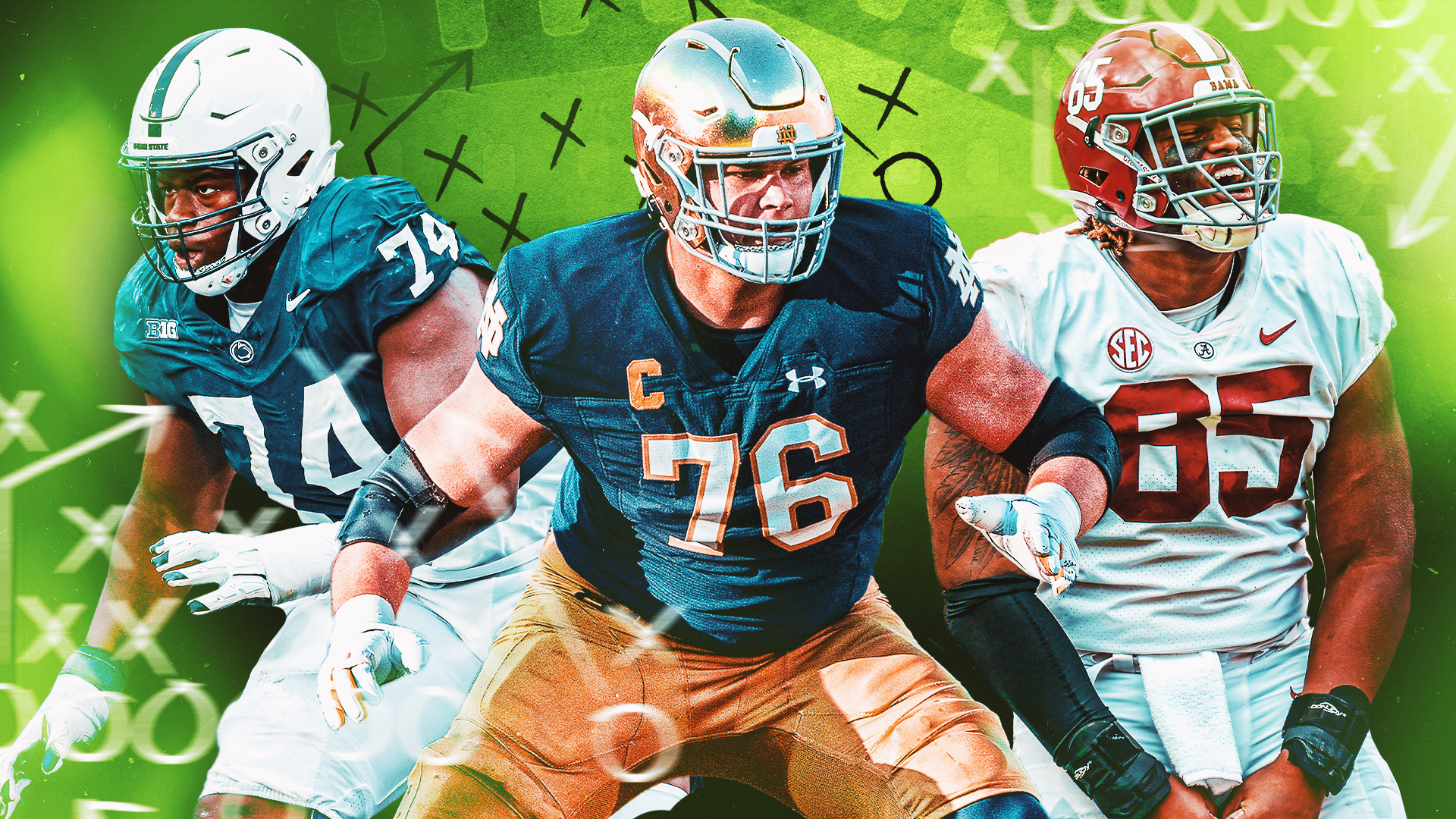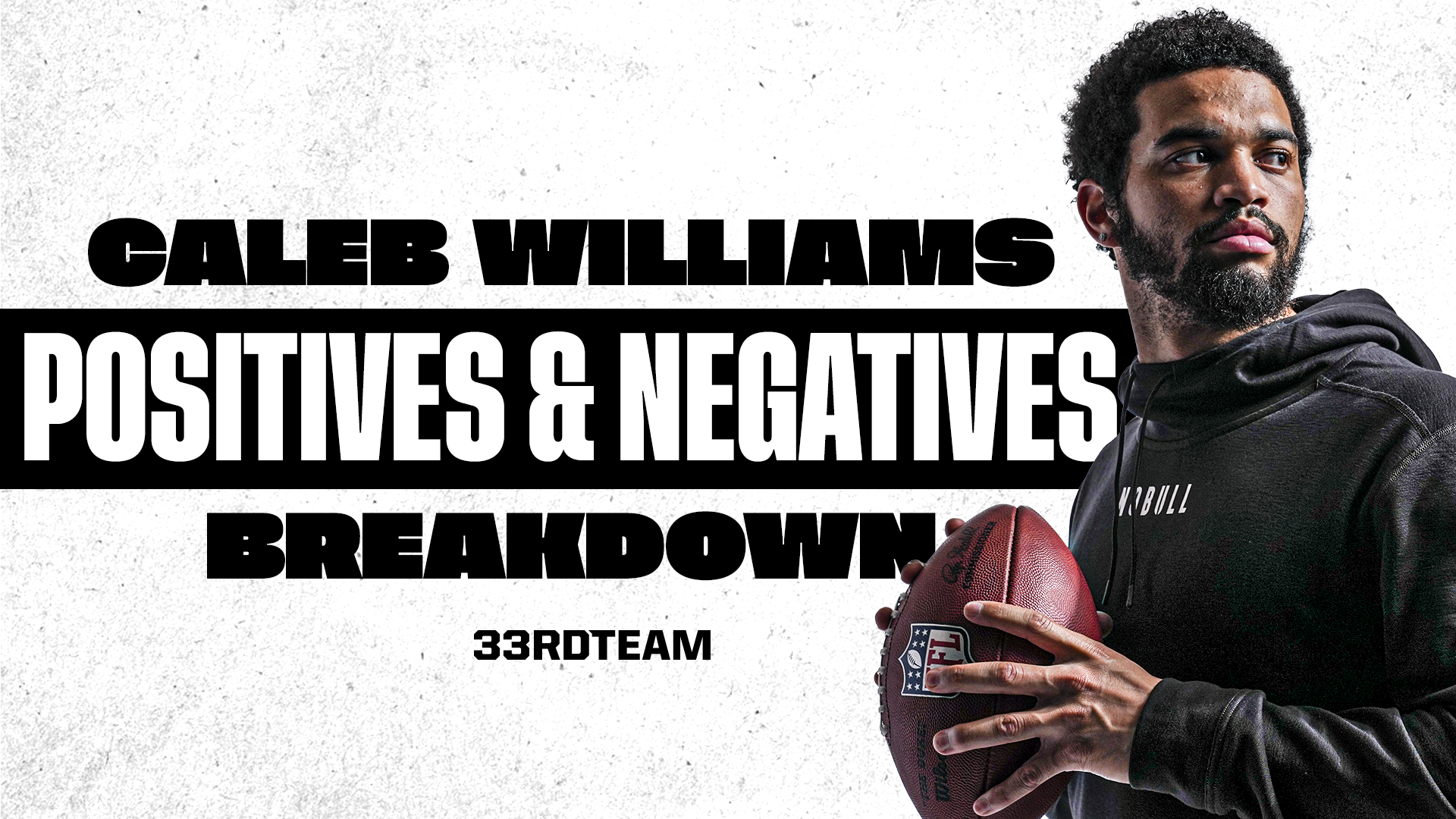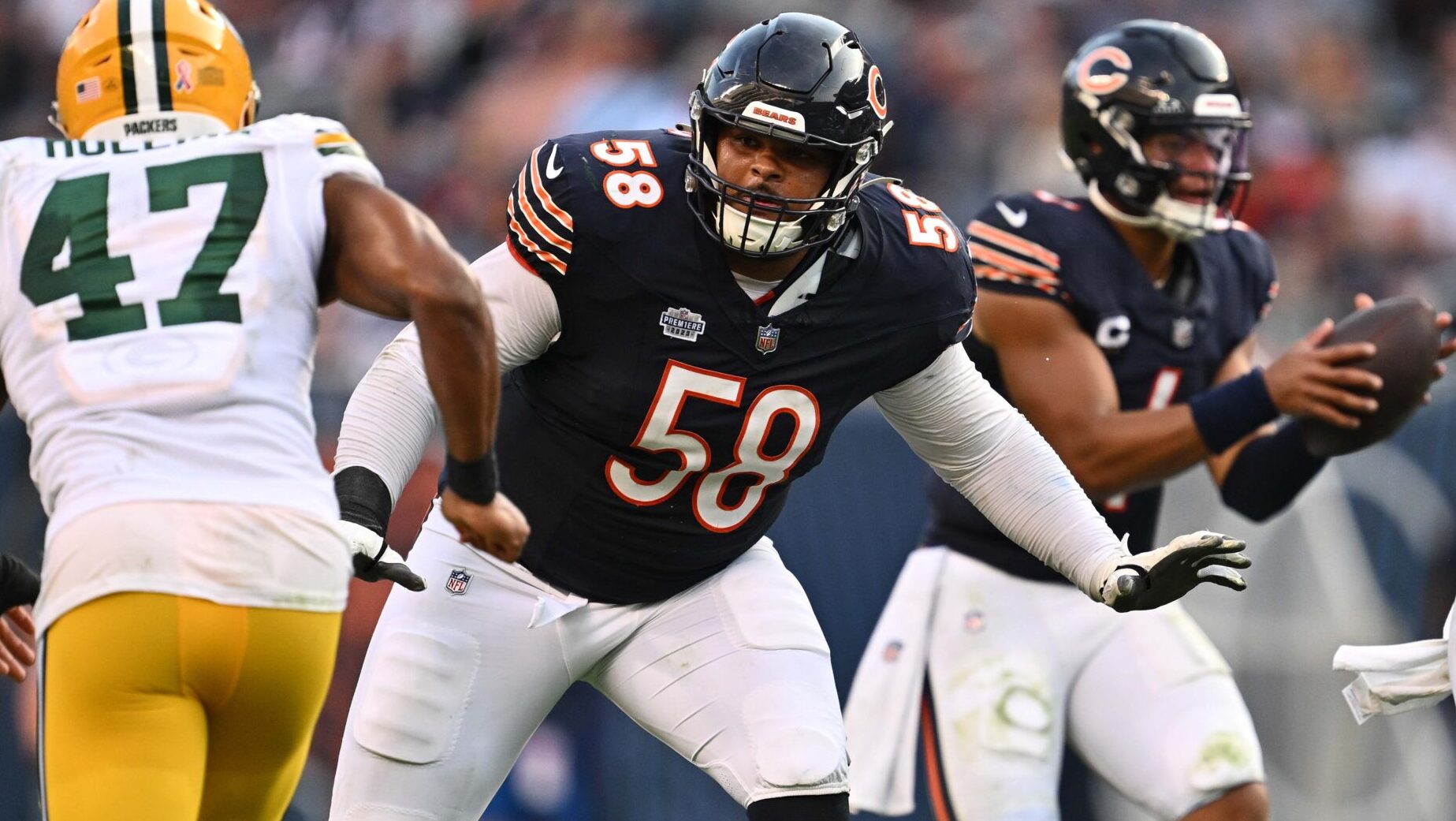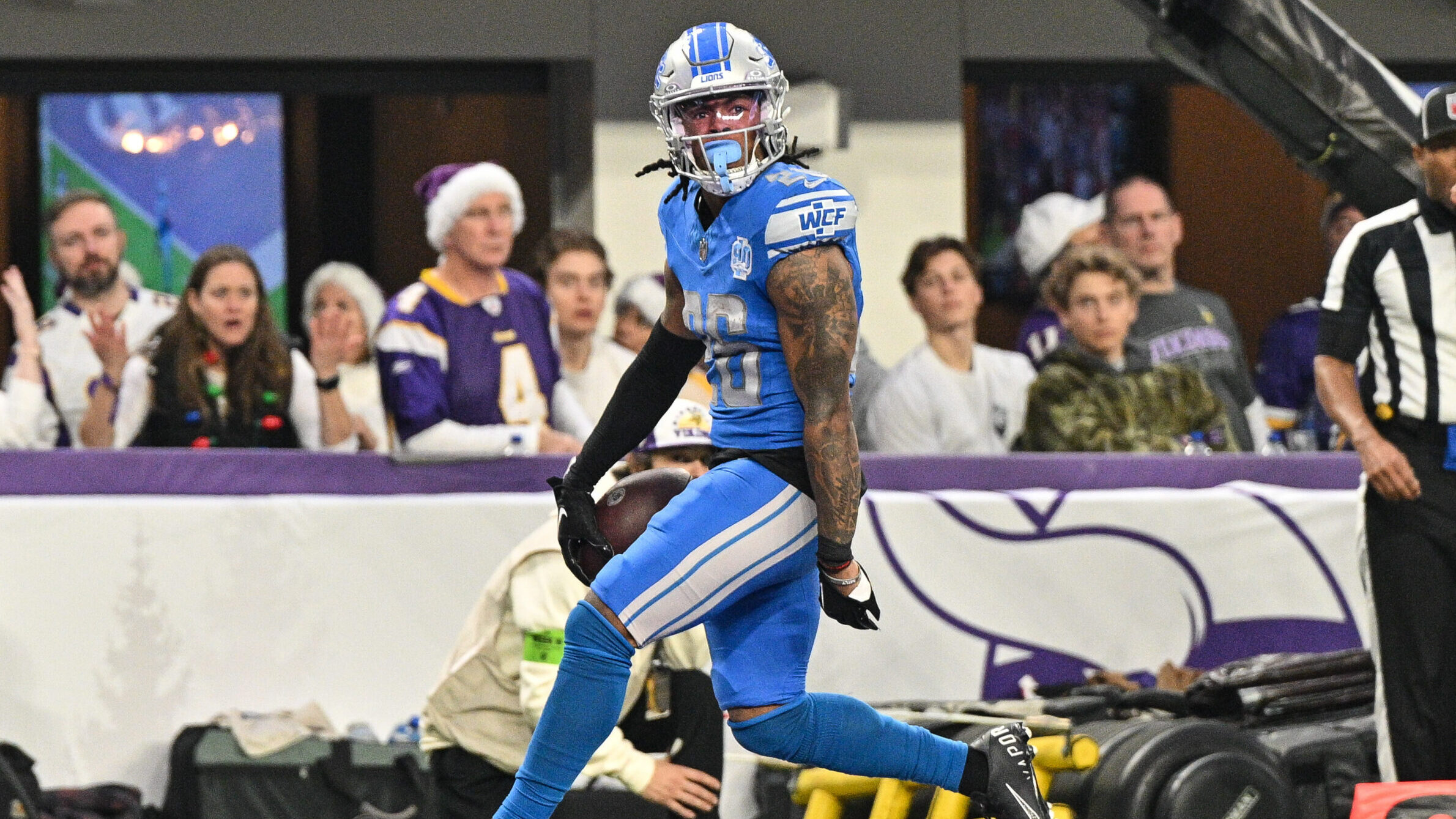Breakdowns
11/23/21
6 min read
An Inside Look at the 3 On-Field Trends Affecting Every Aspect of the NFL
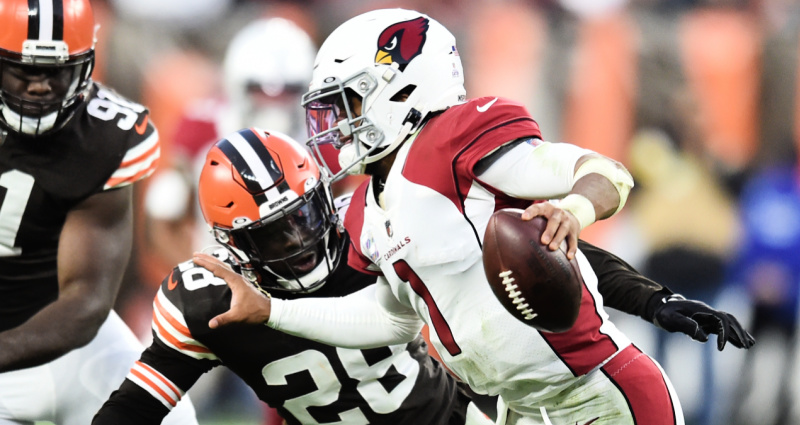
Understanding the changing landscape of the NFL and properly adhering to it will not only allow you to stay current with the changing times, but will allow you to properly construct a roster to feature the skill sets necessary to create mismatches or defend possible mismatches.
With the development and involvement of starting QBs being able to run outside of the pocket, the game has changed when it comes to roster construction and offensive tendencies.
Think about the teams that have been able to find success with QBs who both can use their legs and have the ability to throw from the pocket. The added element of not only escapability, but designed runs has leveled off the past defensive advantage.
Back when QBs rarely were used outside of the pocket, the game was essentially 10 offensive players against 11 defensive players. Now with the usage of running quarterbacks, it has become 11 vs 11. QBs who can run and stay healthy add another element to an offense that is harder to stop.
How do running QBs affect roster construction? Simply put, it affects every aspect of it. From positional value to the necessary skills needed at positions.
LBs who would have been castaways years ago (220-to-235 pounders like Jeremiah Owusu-Koramoah) have become more of the norm with the necessity to cover ground sideline-to-sideline. Interior OL who are athletic in space and can pull with ease have increased value (Jason Kelce went from good to great), as well as safeties who can defend against the run and pass. The Trent Cole’s of the world would not have seen the success or seen as many snaps he did without the evolution of the game.
Players who are fast and strong are still what you want, but now more than ever before there is a need for players who used to be categorized as “tweeners.”
Beyond the use of QBs as rushing threats, here are three trends within football that have occurred due increased focus on analytics and changes across positional skill sets:
The Use of Motion
The new phenomenon in football is the use of motion, with the rates of use increasing dramatically yearly since 2015. In 2015, through the first 11 weeks of the season the NFL used motion on 24.2% of all snaps. Six years later, that rate has increased to 42.5%.
From a qualitative standpoint, using motion pre-snap gives the QB more information on the defensive scheme. The increased information allows for the QB to make a more educated decision when choosing the outcome of the play.
How effective has motion been? The expected points added per play outcome while using motion (-.0007) is a lot more than the EPA added on plays without motion (-.04424).
When expanding this to a glance at the first 11 games of the past 7 years, the outcome difference actually increases. Between 2015-2021 (first 11 games), motion plays have resulted in .055 more points per play than those without motion.
Ultimately, defenses haven’t been able to find ways to decrease the efficiency of offenses when using movement. The struggle defensively stems from having to respect the motion and alter defensively for it.
Secondarily, the added information to the quarterback and the confusion that can be caused defensively can help QBs who struggle to process, or help QBs process defenses at an earlier stage of their career.
The effectiveness should not be measured by an increase in points per game or scoring, due to running draining more time off the clock. The additive comes with the drive efficiency. Using PFF’s “Successful Drives” metric, which is the percentage of drives that have resulted in a TD or a FG, the rate of successful drives has increased as the rate of motion has increased (34.6% of drives were successful in 2015 compared to 39.81% in 2020).

Play Action Usage
Simply put, using play action is more effective than not using play action.
Since 2015, play action has grown in usage from 19.9% of all dropbacks to 25.6% of all dropbacks. The nature of play action is the added element that defenses must respect the run and the pass in those situations. On early downs, offenses can’t afford to avoid runs or passes, and the use of play action helps the OL and allows WRs more time and opportunity to win on routes.
I’ve always said that if you are able to give a QB 2.5 to 3.0 seconds or more to throw, even QBs with poor WRs can be successful. The fear of the run and the pass makes a team harder to prepare for.
The Cardinals have found success with Kyler Murray, the Ravens have not missed the playoffs with Lamar Jackson at the helm, and even the recent developments in LAC and PHI as playoff hopefuls have to do with their QBs running.
The sustained success of these QBs outside of the pocket will rest on the ability to be intelligent with the hits they are taking and sliding to live for the next down. There are other QBs in the league who have shown to be at their best when they are multi-dimensional (such as Daniel Jones), but the coaching staff has had to reel back their usage with their legs due to injuries.
The baseball background of Murray and Herbert has allowed them to be proficient in sliding, while others have struggled (ie. Daniel Jones and Joe Burrow). Not only does this add a dimension to an offense, but it allows for QBs who are less proficient at passing to play sooner. They can use their legs to create success and effectiveness early on, as they learn to be an improved passer (ie. Jalen Hurts).
4th Down Attempts
The last part of football changed by personnel and analytics is 4th down decision making. This has been highly discussed over the past few seasons as the rate of 4th down attempts have risen from 498 to 700 between 2015 and 2020.
The 2021 season is on a rate far higher than any of those previous seasons in terms of 4th down attempts.
Through 11 weeks, the 2021 total is 50 more 4th down offensive plays than the previous high in 2020. Once again, this can affect how teams are constructed and how football is played with the attempts occurring more often and conversations happening at a higher rate. Despite the increase in 4th down attempts (471 through Week 11 vs 498 all of 2015), the conversation rate is even higher now than in 2015 (51.3% vs 48.9%).
With football being an ever-changing sport and the additive of a higher usage of analytics and changing personnel, new potential success metrics have emerged. It would be foolish to ignore the changes and how they’ve allowed for improved success and performance. As running QBs become more the norm, football should continue to see itself shift towards these three developments more often.

